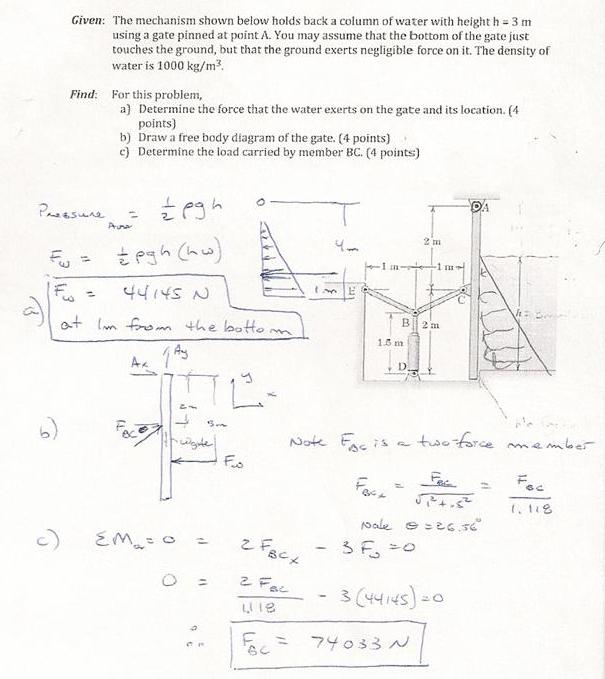statics math problems engineering equations statics basic mechanics school homework engineering math statics formulas statics problems statics problem solutions to statics problems full solution statics engineering statics problem solution statics math problems engineering equations statics basic mechanics school homework engineering math statics formulas statics problems statics problem solutions to statics problems full solution statics engineering statics problem solution
statics math problems engineering equations statics basic mechanics school homework engineering math statics formulas statics problems statics problem solutions to statics problems full solution statics engineering statics problem solution statics math problems engineering equations statics basic mechanics school homework engineering math statics formulas statics problems statics problem solutions to statics problems full solution statics engineering statics problem solution
The mechanism shown below holds back a column of water with height h= 3 m using a gate pinned at point A.
You may assume that the bottom of the gate just touches the ground, but that the ground exerts negligible
force on it. The density of water is 1000 kg/m^3. Determine the force that the water exerts on the gate
and its location. Draw a free body diagram of the gate. Determine the load carried by member BC.

The mechanism shown below holds back a column of water with height h= 3 m using a gate pinned at point A.
You may assume that the bottom of the gate just touches the ground, but that the ground exerts negligible
force on it. The density of water is 1000 kg/m^3. Determine the force that the water exerts on the gate
and its location. Draw a free body diagram of the gate. Determine the load carried by member BC.
